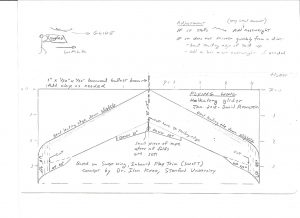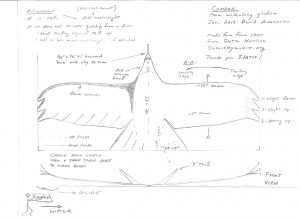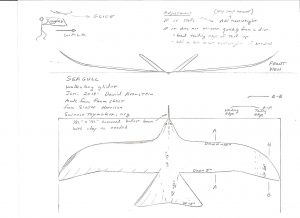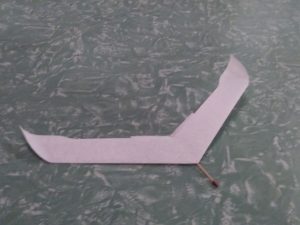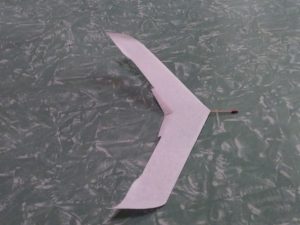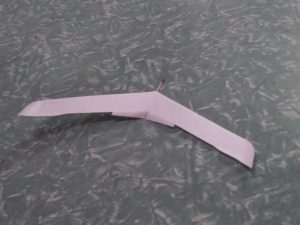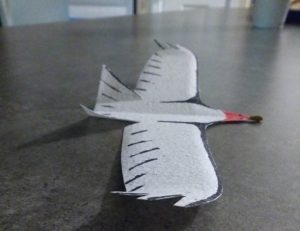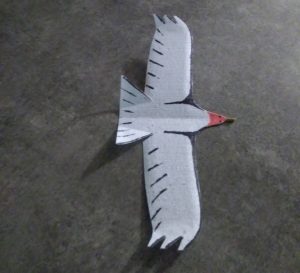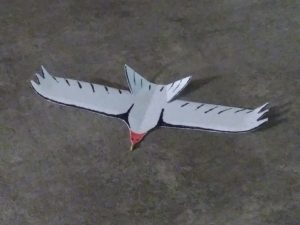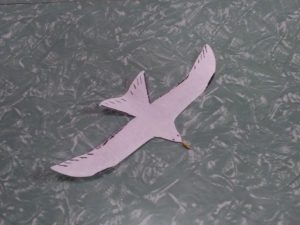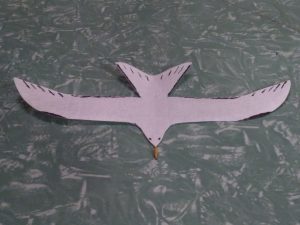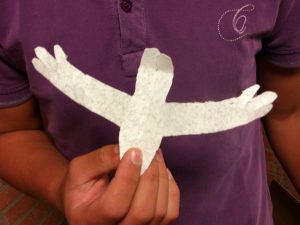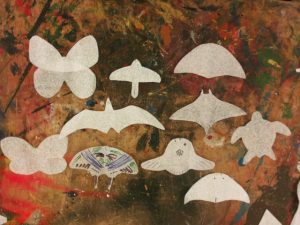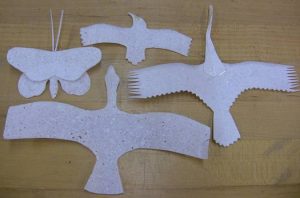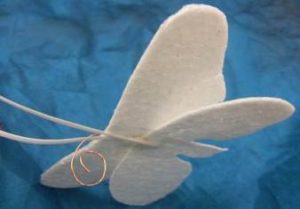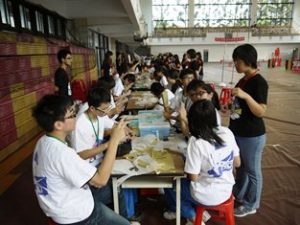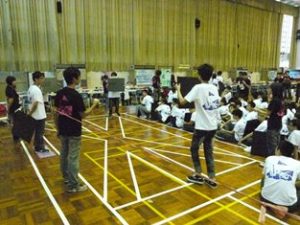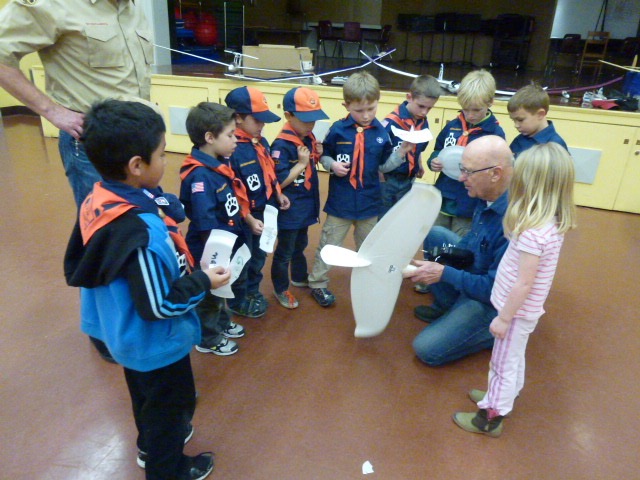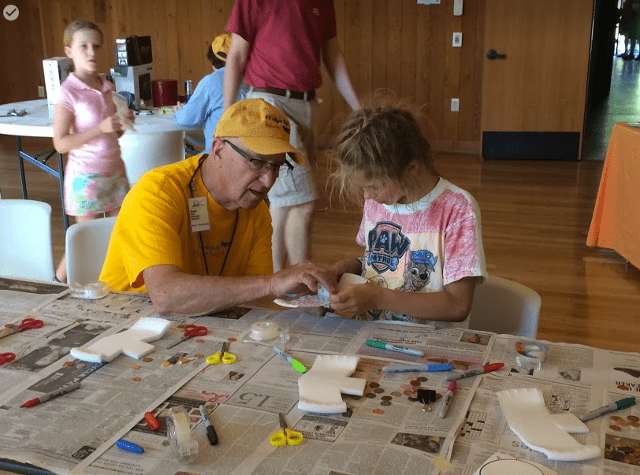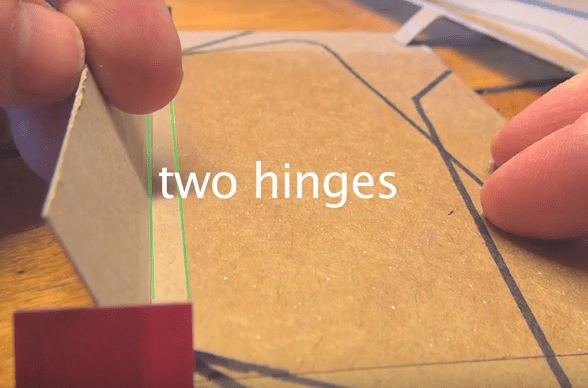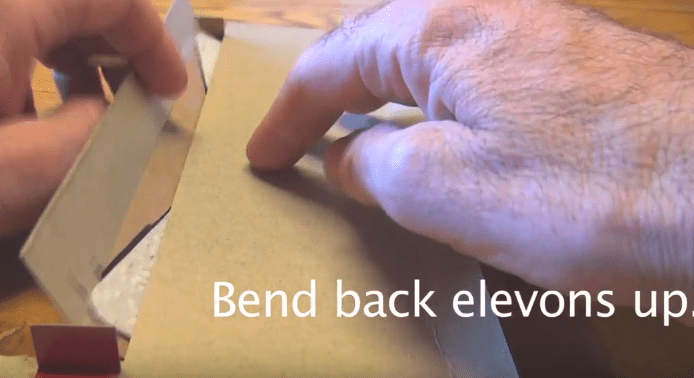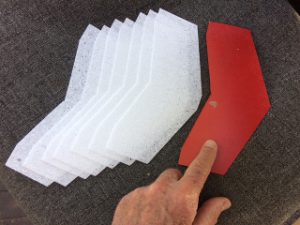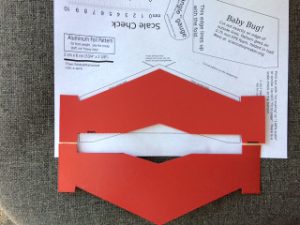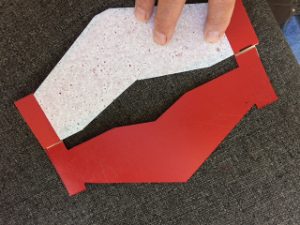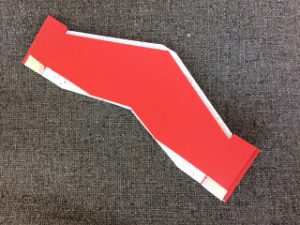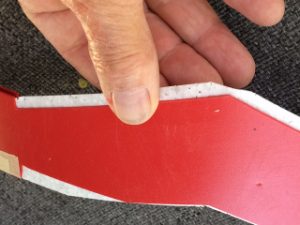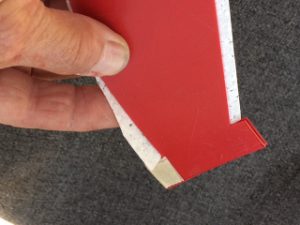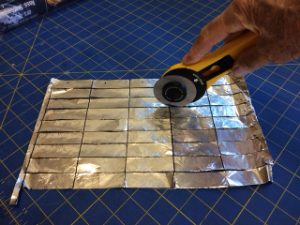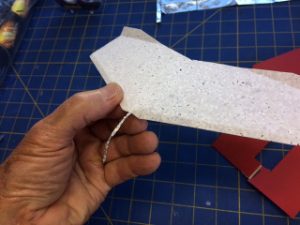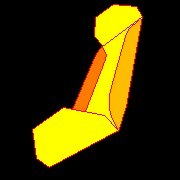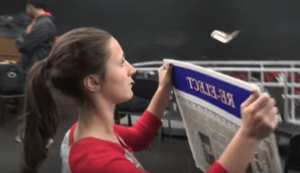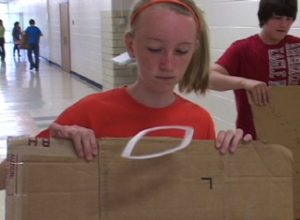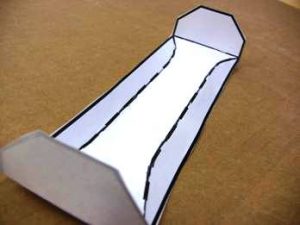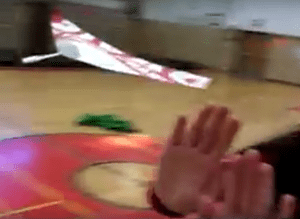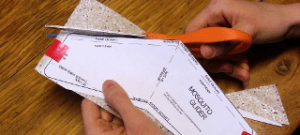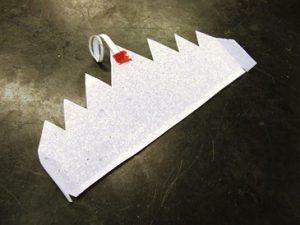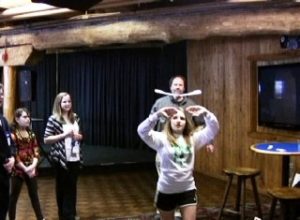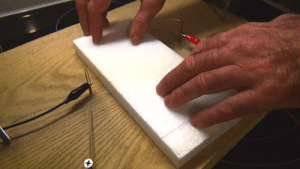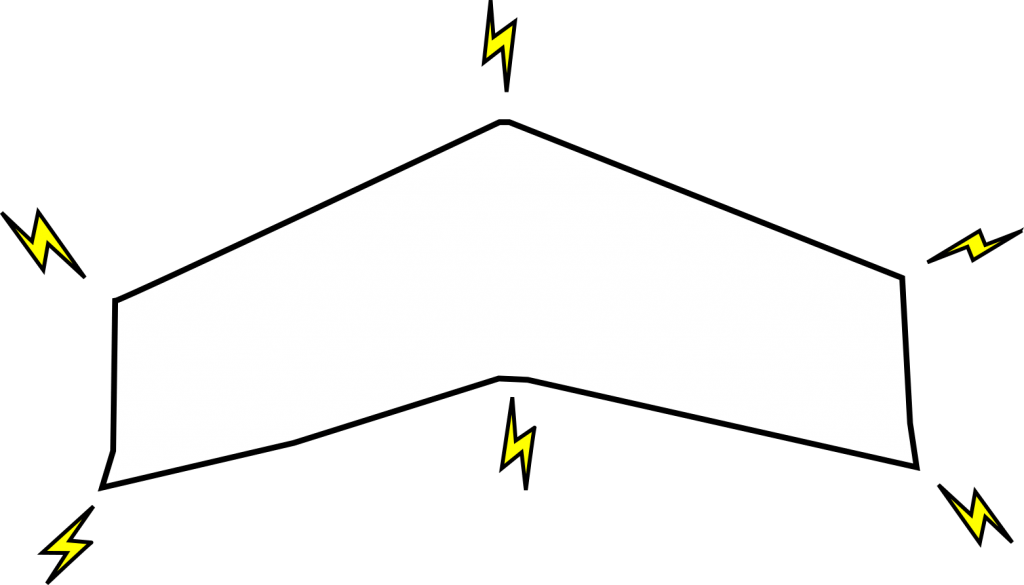Beautiful Bird Walkalong Gliders from David Aronstein
Dr. David Aronstein is famous for his balsa and tissue walkalong glider creations. But it was a surprise when he made some foam gliders. And so worth the wait; check out his beautiful bird creations! ( Click for larger images) Read more about David Aronstein
Thomas Buchwald
Thomas Buchwald is a "Technik" teacher of students in grades 6 to 10 in Germany He is a great friend, though I have yet to meet him in person. Thomas and his students make wonderfully creative engineering projects. Lately he has turned his attention to creating bionic walkalong gliders: pterodactyls (pterosaurs), manta rays and other sea creatures. I particularly like the sea creatures.
Here you can find the PDF file, including four patterns. It is written in German. "Bergfalte" means "mountain fold"; "talfalte" means "valley fold"; "oben" means "top"; "hochbiegen" means "bend up" and "leicht hochbiegen" means "slightly bend up."
Mr. Chen Wenhwa from Taiwan
I have been admiring the work of a gentleman in Taiwan for a long time on YouTube .Mr. Chen Wenhwa is a primary school teacher who also volunteers at a science museum and works with the Yuanzhe Foundation to promote science education. Chen makes the elegant flying creatures: birds with long, graceful wings, dragonflies, bats, butterflies, etc. Now we are becoming friends--struggling to communicate with Google Translate. I was very happy that he sent me some foam gliders. They are beautiful and fly very well, so efficient that I can fly with only hands.
Here is a nice foam dragonfly glider design. I think it might benefit from bending the back up a little (reflex, elevons) although there might be other tricks for gaining stability..
Here is a good butterfly design.
Mr. Chen Wiz from Taiwan
Here is another gentleman from Taiwan who makes beautiful butterfly gliders.He has some cool videos of ultra lightweight model planes, too.
Alsomitra (Alsomitra macrocarpa)
Alsomitra (Alsomitra macrocarpa), also known as the Java Cucumber vine is a vine with remarkable design for spreading its seeds.

